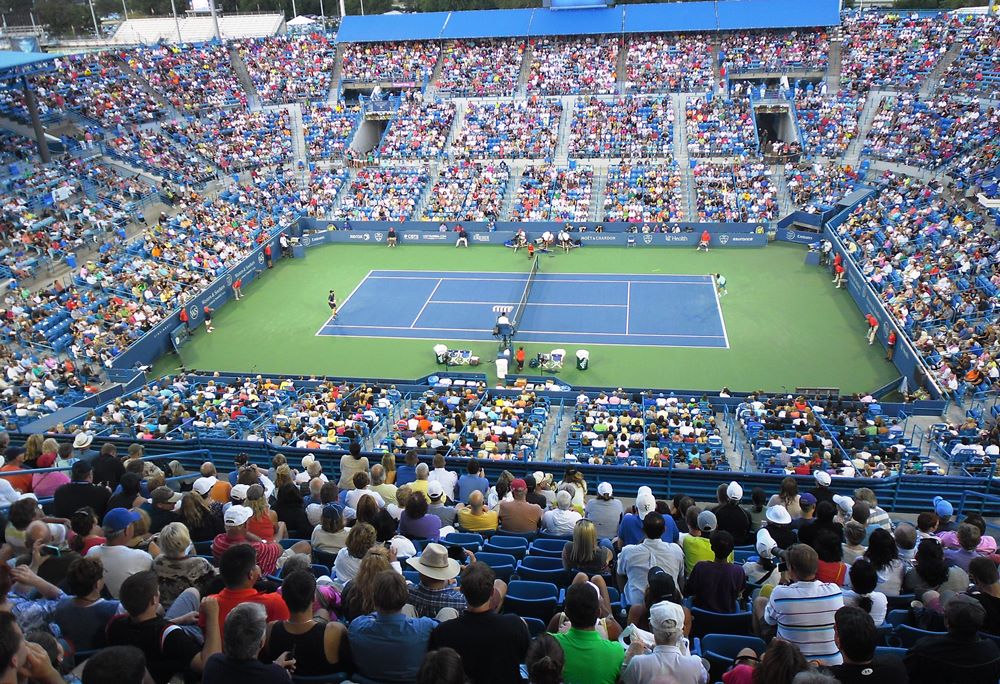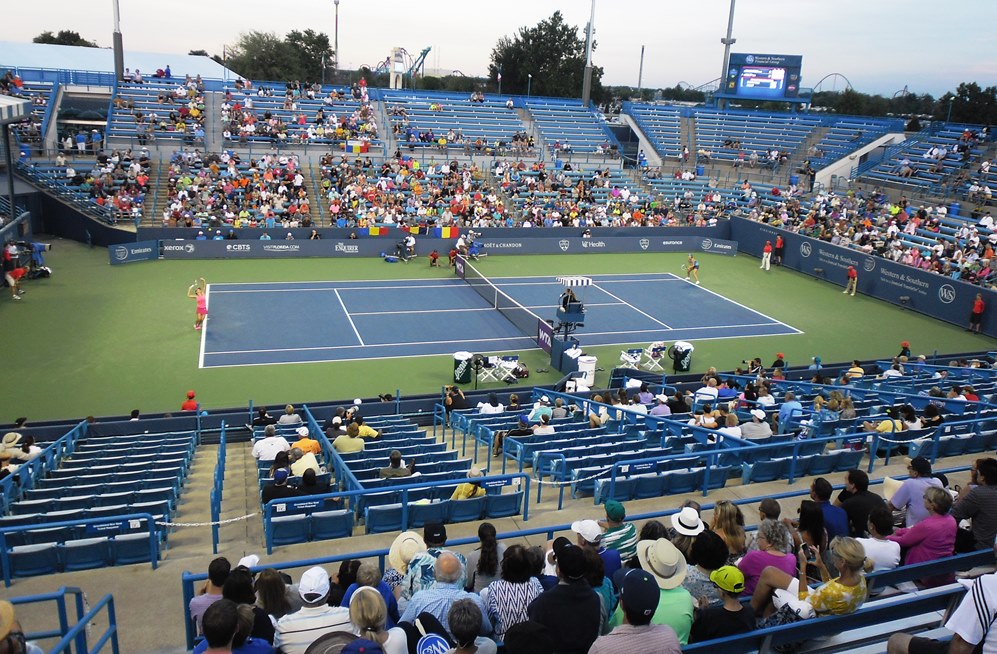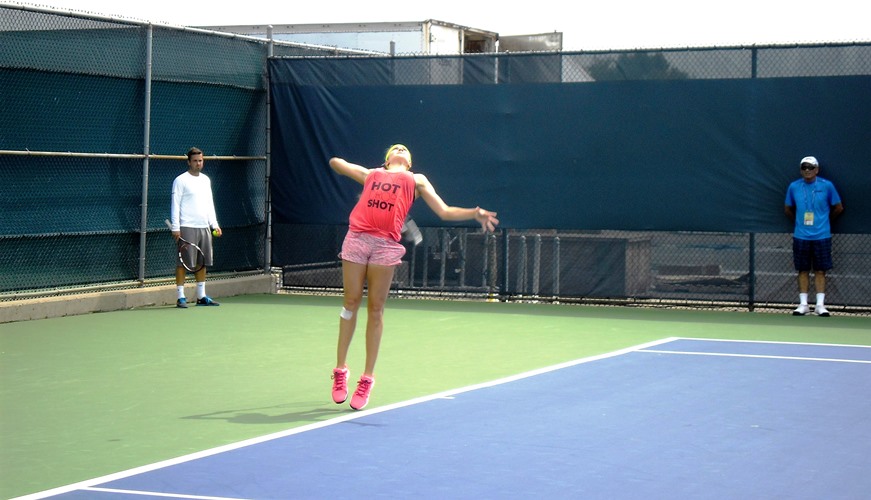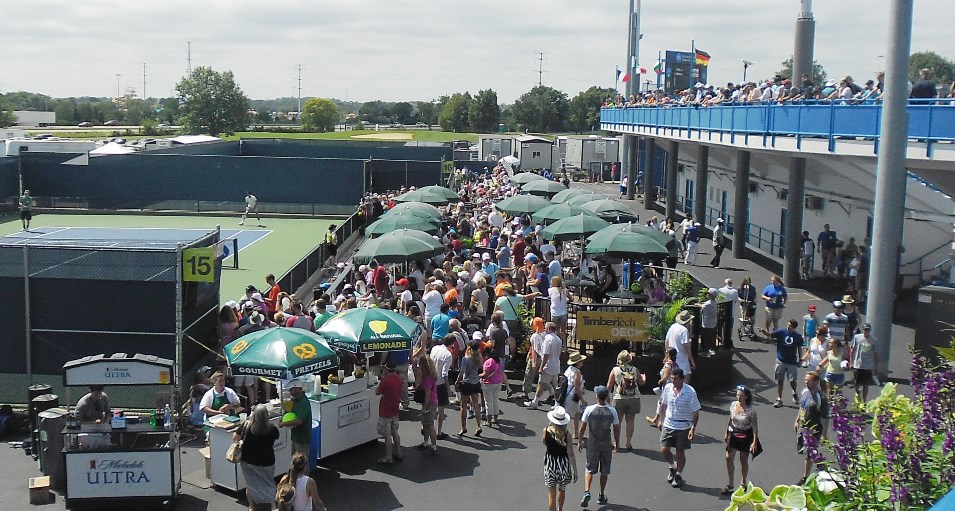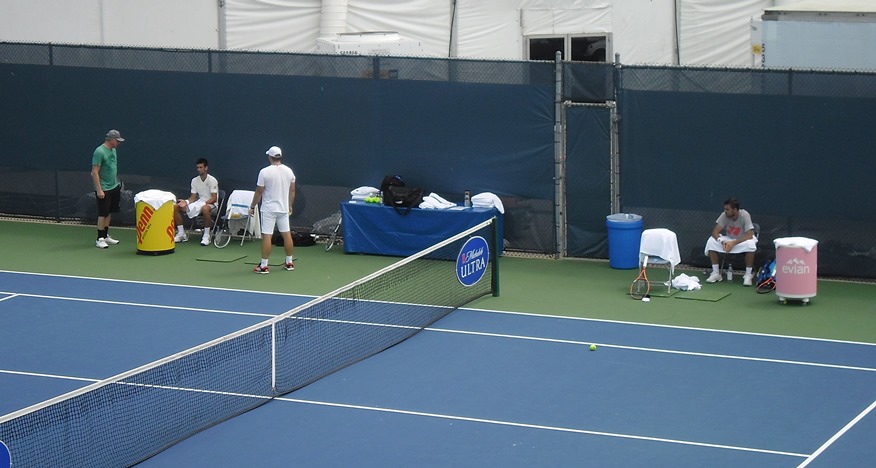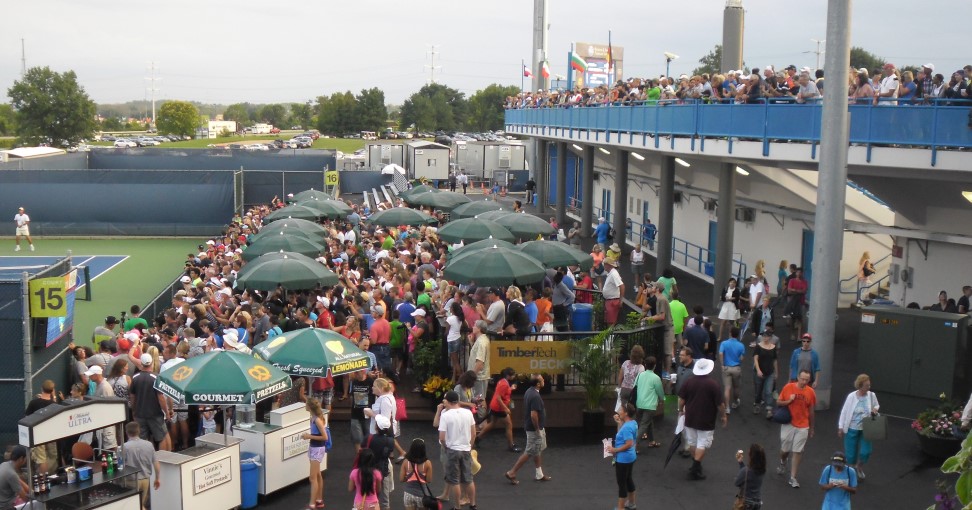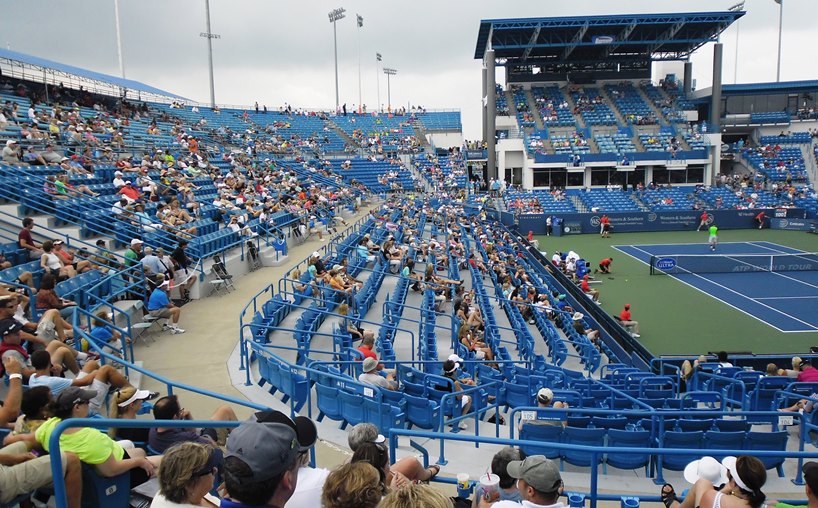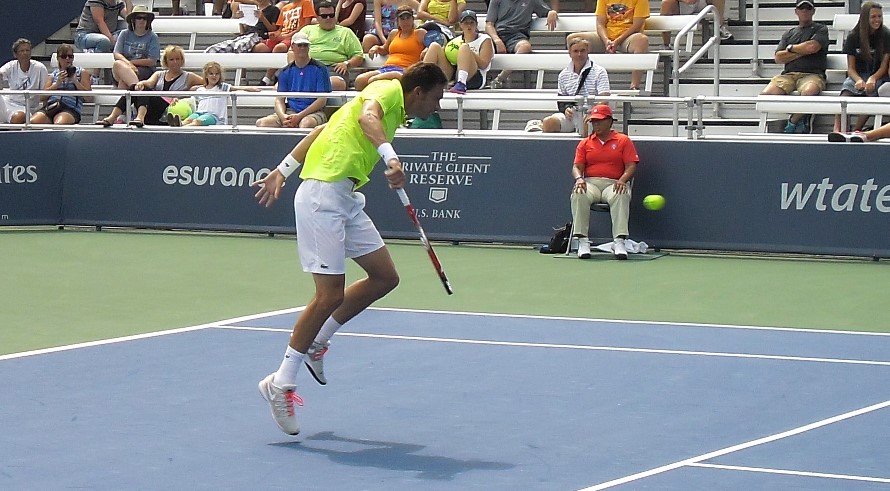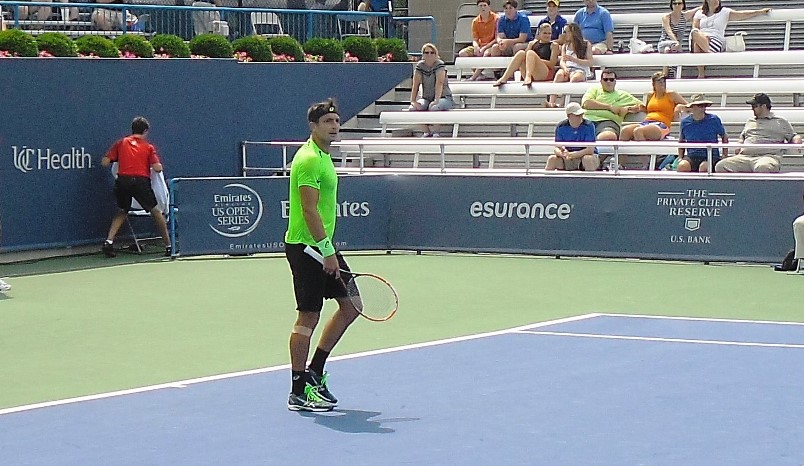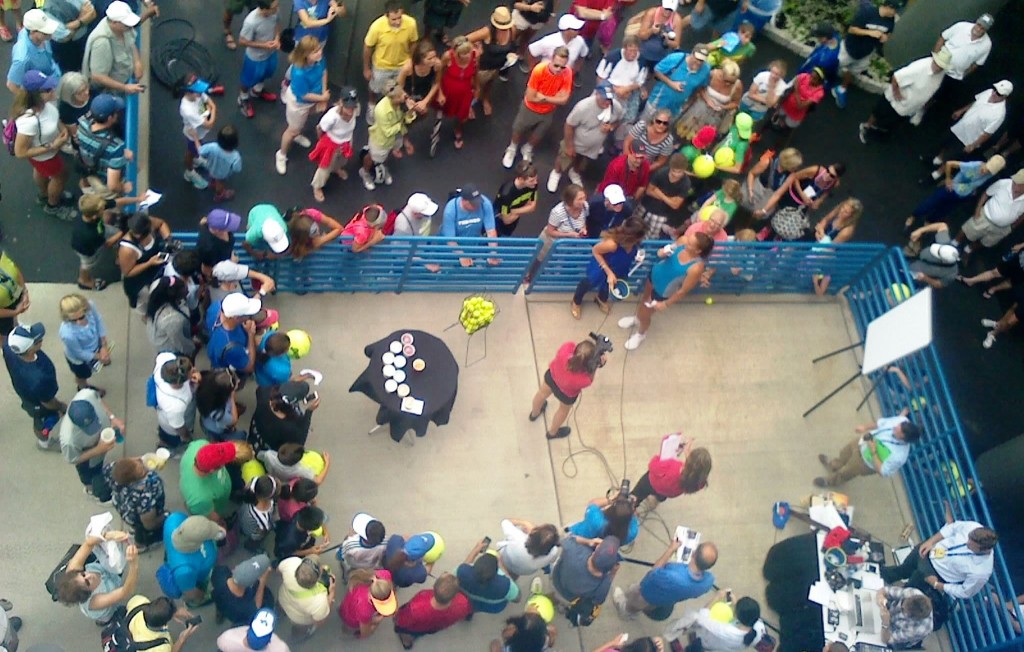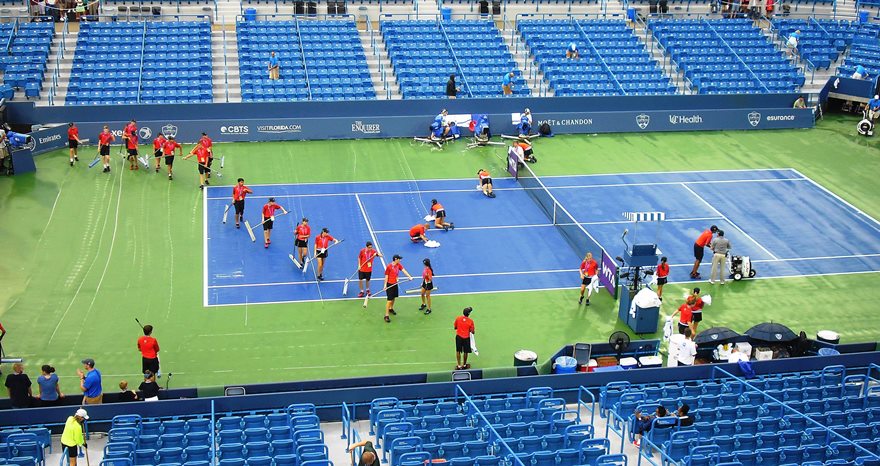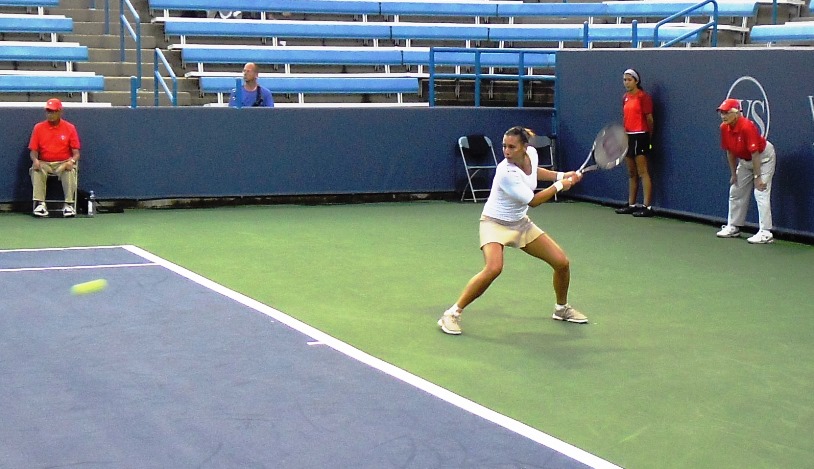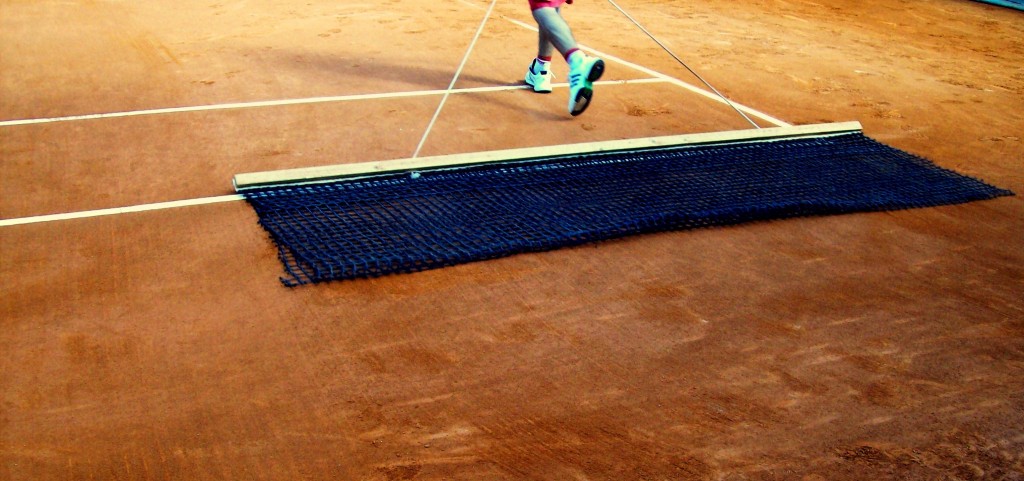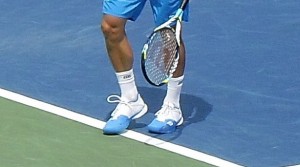Yes, we all know about Roger Federer’s 17 Slams, his regaining of the number one ranking, and his equaling of the 286-week record at number one held previously by Pete Sampras. Congratulations to the great Swiss player but in this article, I will neither repeat his astonishing statistics nor reload the “bravo” tributes and comments that newswires have been overloaded with since his moment of victory at Wimbledon. I will simply attempt to point to a certain aspect of Federer as a tennis player that I believe to be non-existent in any other player, and yet seems to mysteriously remain undervalued, if not obscure, to most so-called tennis experts.
Obviously his forehand, his physical shape, the variety of his shots, and his serve, only to mention a few, are all putative qualities of Federer. I would like to go a little further than that in this article. Let’s take into account Federer’s Sunday’s final match against Andy Murray along with his 2009 Wimbledon final match against Andy Roddick. The comparative analysis of these finals posits two relatively overlooked qualities of Federer: his intelligence and awareness on the court.
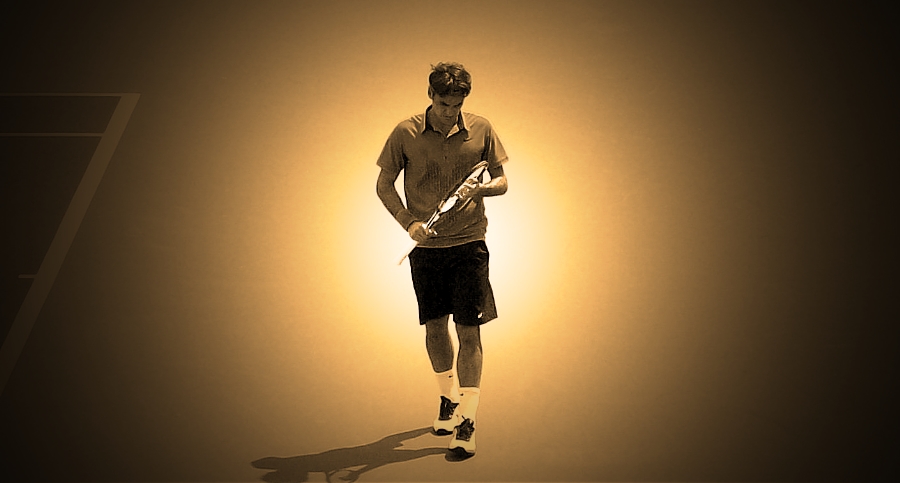
Let’s rewind the clock back to 3 years ago to that final between Federer and Roddick…
In 2009, in the finals against Roddick, Federer began the match playing aggressively, looking to advance to the net at every opportunity. Roddick was focused from the start and was able to withstand the barrage of attacks from Federer. Roddick took many people by surprise by producing some sizzling passing shots to counter his opponent’s early aggressive tennis. As the set advanced, we witnessed Federer becoming more and more intimidated by Roddick’s accurate passing shots. He began to stay at the baseline and to try to dictate the rally with aggressive ground strokes. On the other hand, Roddick got more confident as the set went on. At 6/5 on Federer’s serve, he hit an “out-of-this-world” forehand crosscourt winner, and then followed it later in that same game with a terrific backhand down-the-line drive on set point to win it 7/5. The Swiss needed to change his tactics before it was too late. Well, he did more than that.
Federer did not simply adjust his game after the first set. He completely changed his tactic and outlook. He took a one hundred and eighty degree turn from his initial plan at the start of the match and went to an exclusively defensive format. He ceased venturing to the net unless forced to do so, thus taking targets away from Roddick. He made each point last longer, giving Roddick plenty of floaters, low-speed slices, in order to force him to hit several great shots to win the points. He placed himself further behind the baseline with the intention of running every ball down, prolonging the time of the rallies and the games, including plenty of off-speed, loopy shots that gave him ample time to come back to the middle of the court if he was ever pushed to the corners.
In short, after the first set, Federer basically took a page out of a classic clay court retrieving game and applied it to the grass of Wimbledon. While it is true that the second set could have gone either way (Roddick did have 4 set points, one of which was an easy forehand volley that he missed!), Federer was able to give himself a chance to level the playing field and have a tangible shot at winning the second set. After he won it in a tiebreaker, the match was not only leveled on the scoreboard but also on the court. Helped by a superb serving performance – he hit his 50th ace to win the epic match at the end of 4 hours of 16 minutes of battle – Federer eventually prevailed over Roddick 16/14 in the fifth set, while playing defensively for the remainder of the match.
Now, let’s fast-forward the clock to Sunday’s 2012 final between Federer and Murray…
Murray began the match with an aggressive approach, and Federer began with an unusual amount of errors (including after he survived the initial break and came back on serve). Federer was not particularly playing defensive, but Murray kept launching so many aggressive shots in succession that all Federer could do was to retrieve balls the best that he could for the first several games of the match. He did eventually break back, but Murray’s early form had him unsettled. The unforced errors still kept coming and he lost the first set 6/4.
To circumvent the problem, Federer did the reverse of what he did in 2009. To counter Murray’s initiative to dictate the points, he began to “out-attack” Murray with an even more aggressive game with the intention to cut the points short. Although he was not the better player in the second set, Federer did what was working best for him: build the points around coming to the net. He came to the net 26 times in the second set (vs. 15 in the first) and won twice more points approaching the new (total: 22) then in the first. Relentlessly staying loyal to his modified plan, Federer began to further embellish it by adding the ‘chip-and-charge’ and progressively coming to the net on second-serve returns in the third set during which he was the better player. Once he won the third set, there was no doubt that he would do more of what he did in the second and third sets. In the fourth set, he came to the net 16 times and won 14!
Overall, in the last three sets, the approaches to the net included slice approach shots, swing volleys, chip-and-charge returns, drop shot that he followed up to the net, wide balls that he knew would put Murray on the run, and last but not the least, several serve-and-volley attempts of which he only lost one point! This time, Federer won the title by changing his game to total offense, in the reverse manner of what he did in 2009, and taking a page out of 70s and 80s grass court tennis, (minus the ‘continuous’ serve-and-volley). It is only fitting that he celebrated the winning point by lifting his arms and immediately falling to his knees at the net after watching yet another passing shot attempt by Murray sail long.
It is an important asset for a top-level tennis player to have the ability to insert variety to his or her game. Although not many do, there are more than a few players who possess the ability to use plenty of variety on their game, including Murray in the finals on Sunday. These few players are already quite distinguished, and in a class of their own. However, it is another thing to be able to combine the intelligence and the on-court awareness, with that variety, in order to modify strategies and produce the result desired. Some of these distinguished players will not do it either because they are still lacking courage to do it, or because they don’t feel comfortable doing it in the course of match, or simply because they the thought does not occur to them. The one that can dare to undertake such adjustment, and actually follow through with it successfully, is the kind of sui generis player who can comfortably claim to have “a Plan A” to fall back to, in case the “other Plan A” already in progress is not functioning well. Plan B is not an option for this type of player. Federer in 2009 against Roddick, as well as on Sunday against Murray, simply switched from one Plan A to another.
I believe Federer’s skill to have more than one Plan A along with the presence of mind to know intrinsically when to shift at will from one to the next is one of the central elements of Federer’s success. While other players strive during their whole careers to improve up weaker defensive (or offensive) parts of their games to match their stronger side, and practice for years their weaker shots to complement their stronger ones, Federer has gone past this stage early in his career. Furthermore, he has not only reached the next stage that I have explained above – the combination of intelligence and variety resulting in multiple Plan A’s – but he has excelled in that area, the one that other players in the game of tennis never even get to experience.
